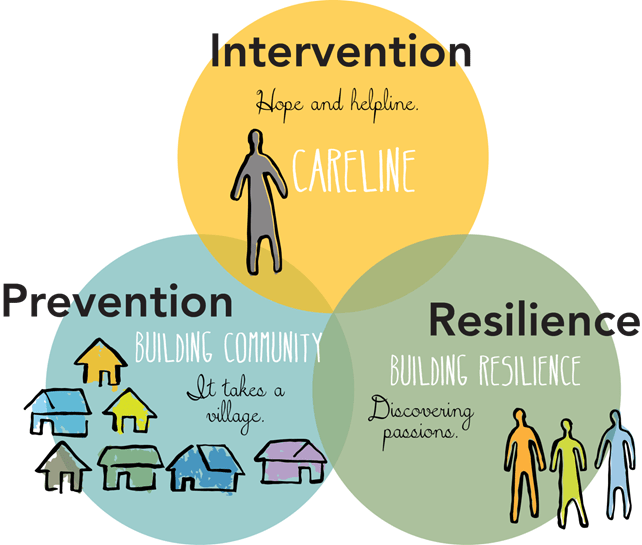How not to wait until you reach rock bottom to ask for help.
Addiction recovery is a complex process influenced by the subjective nature of substance misuse. Early intervention is crucial to prevent severe consequences, such as fatalities. By promoting education, awareness, and personalized care, early intervention strategies can reduce stigma, save lives, and foster healthier communities.
Read More




